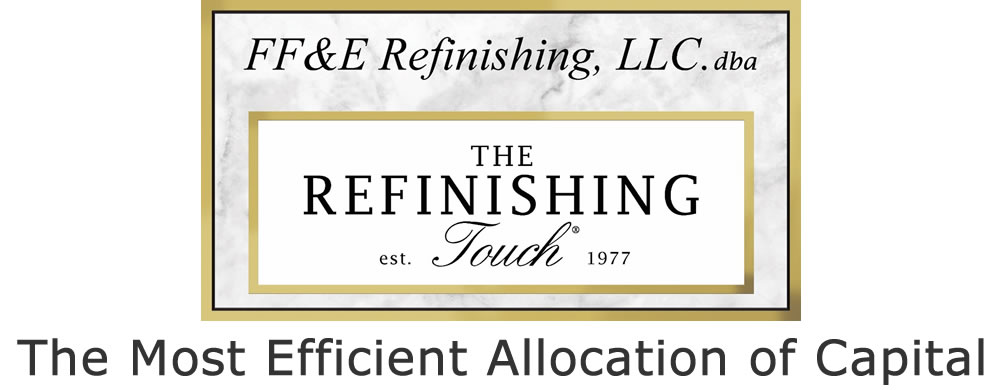Guest author: Ryan Colker, director of the consultative council and presidential advisor At The Refinishing Touch we often focus on sustainability in the government sector. In this interview, the director of the consultative council at the National Institute of Building Sciences discusses how he works to bridge the private and public sectors around sustainability.
The Refinishing Touch (TRT): Tell us more about your role at the National Institute of Building Sciences (NIBS).
 Ryan Colker (RC): My main role is to direct the consultative council, which is one of the requirements within our enabling legislation that asked us to bring the building industry together by identifying key issues, coming up with recommendations and then transmitting those to the president and Congress.
Ryan Colker (RC): My main role is to direct the consultative council, which is one of the requirements within our enabling legislation that asked us to bring the building industry together by identifying key issues, coming up with recommendations and then transmitting those to the president and Congress.
We’re looking at what the high-level issues impacting the industry are – everything from workforce development, to energy and water conservation, to defining high performance buildings. Basically, anything at a high level that the industry as a whole needs to engage with and look at.
I also help look at how the public and private sectors can come together to improve buildings. We look at the broad spectrum of activities within the built environment – everything from disaster and hazard mitigation to building information modeling to facility maintenance and operations.
TRT: Tell us a bit about NIBS. What is its mission, values and key activities?
RC: The institute was established in 1974 through an act of Congress. There was a need for the delivery of safe buildings across the country particularly in the housing sector, but in the commercial sector as well. Our main mission is to engage the public and private sector in providing buildings that meet the public need. We do that by providing technical guidance and resources to the public and private sector as well as the dissemination of best practices through resources like the Whole Building Design Guide. We also do a lot of work with federal agencies through buildings-related programs – assisting them with best practices and through the development of tools that can help in the implementation of those processes.
TRT: Tell us about one of the most recent projects the group has worked on. What were the results?
RC: One of the most recent was General Service Administration’s moving of P100 standards for design to a performance-based outcome. Rather than having prescriptive requirements of what building systems you need to use at which particular levels, we’re looking at what the desired outcomes are and how you specify that requirement to a design team together with the standards that the results would be measured against.
TRT: What do you think are the real drivers behind green and sustainable initiatives in government today?
RC: Certainly looking at regulatory requirements – whether established by an act of Congress or an executive order – they’re a key driver. But there is also a recognition that governments tend to own buildings for a very long time. There’s been an attempt to shift focus to total cost of ownership and identifying how to move away from an initial first-cost focus and understand what the operational aspects of that building are and what it will cost long term. Green and sustainable initiatives certainly help to push in that direction.
Overall there is recognition of how sustainability and green practices fit into the mission of government organizations. We’re seeing departments like the Army moving towards net-zero bases for energy, water and waste. They recognize that being the Army, one of the aspects of being prepared and being able to protect the nation is to understand where various inputs are and reducing your reliance on outside entities to provide those types of services.
To read more about the National Institute of Building Sciences, visit the organization’s website at www.nibs.org. To read a full list of The Refinishing Touch’s completed projects in the government sector, visit our website here.
